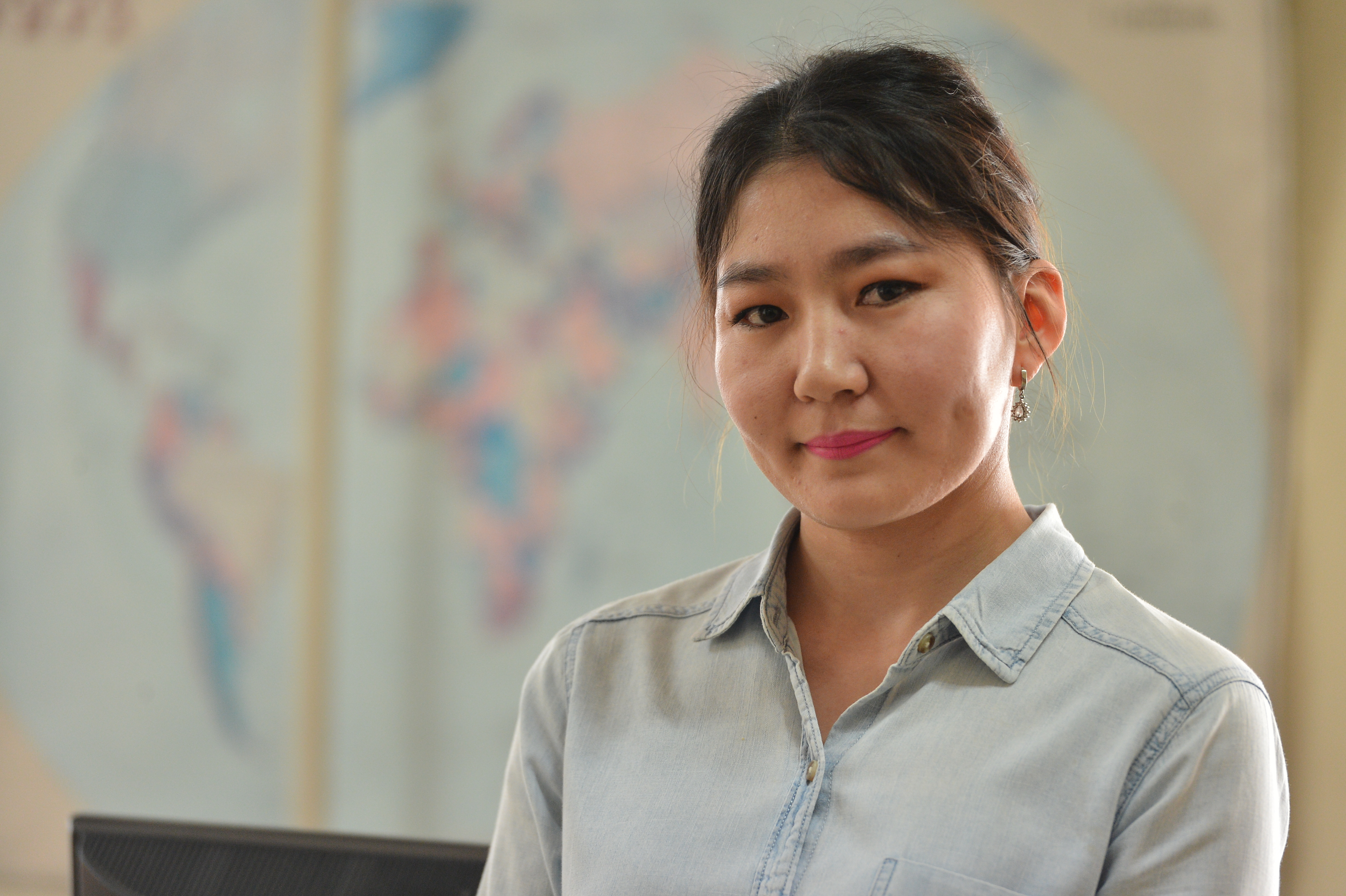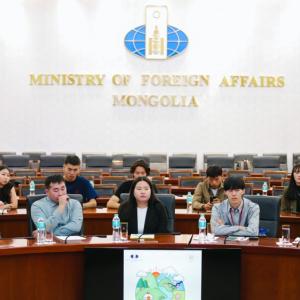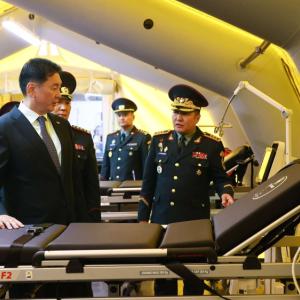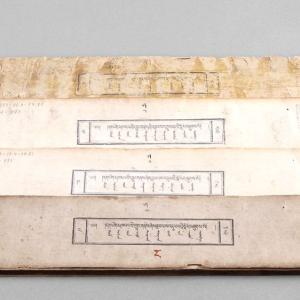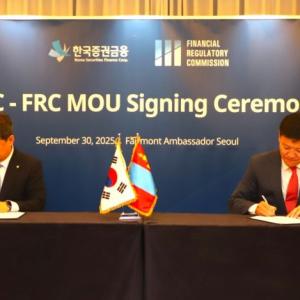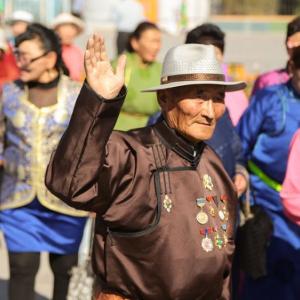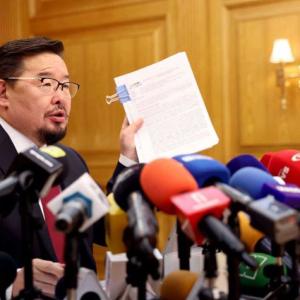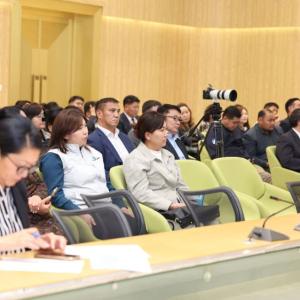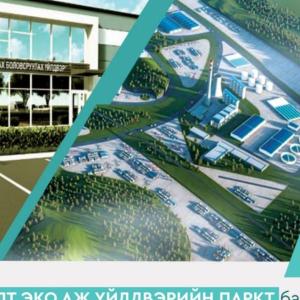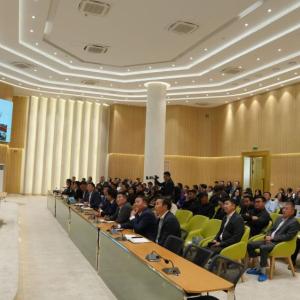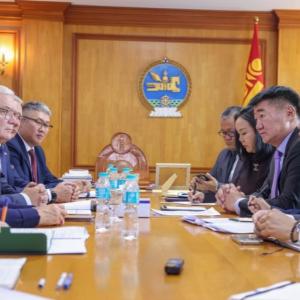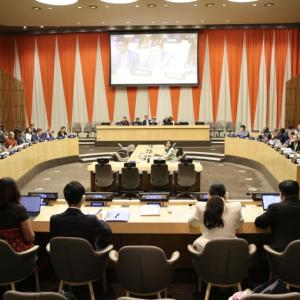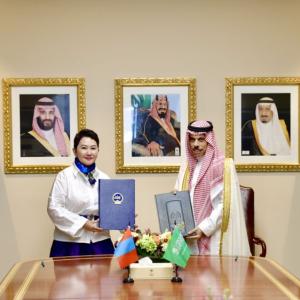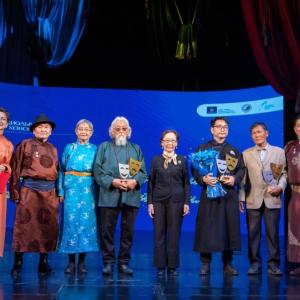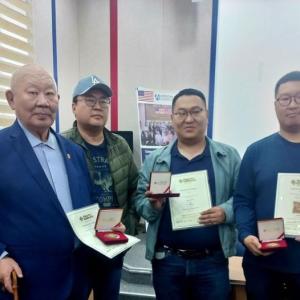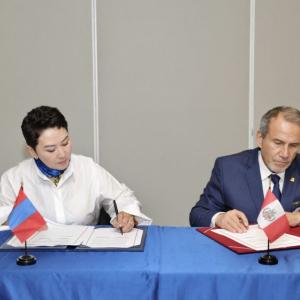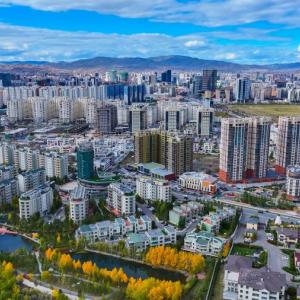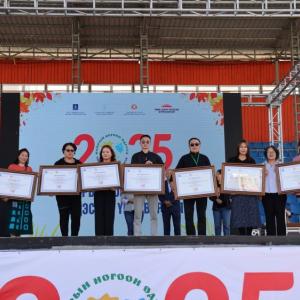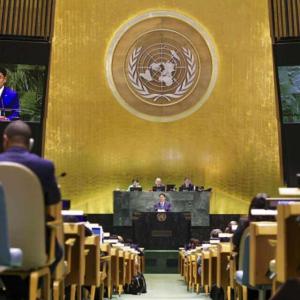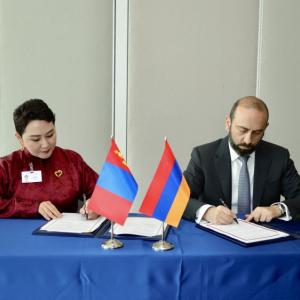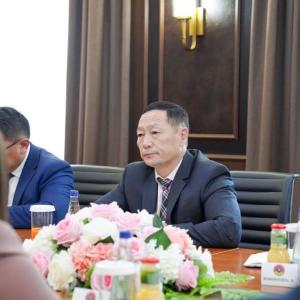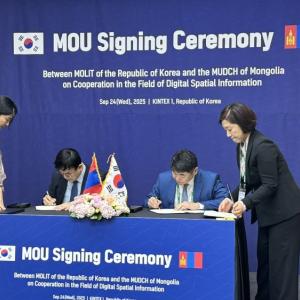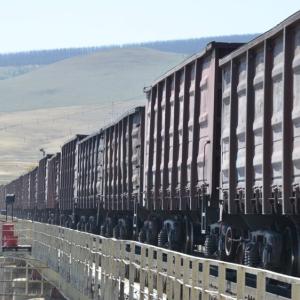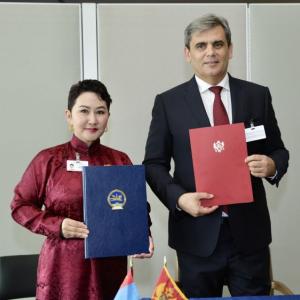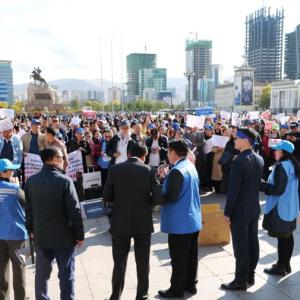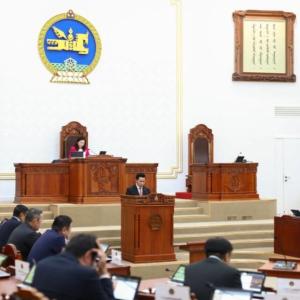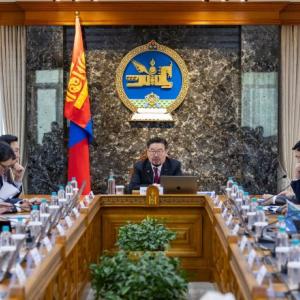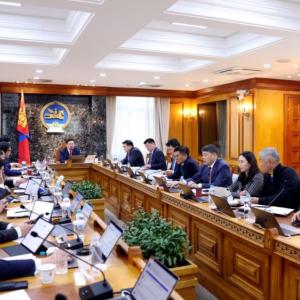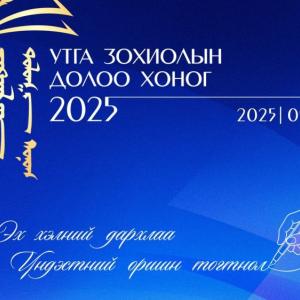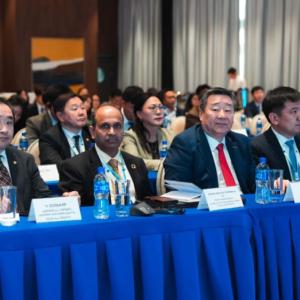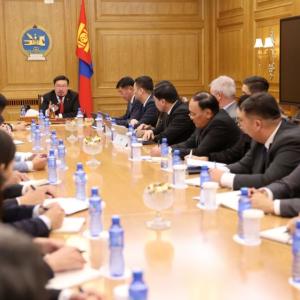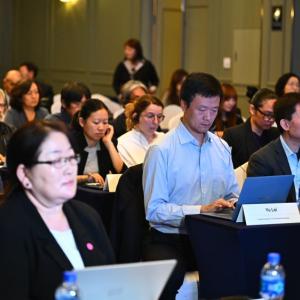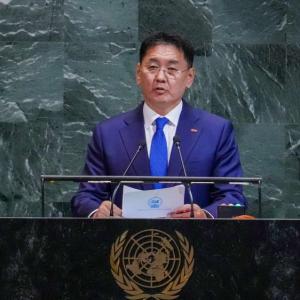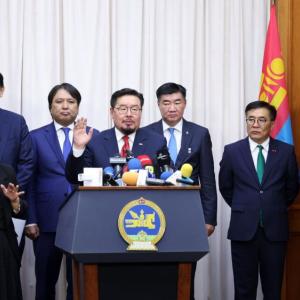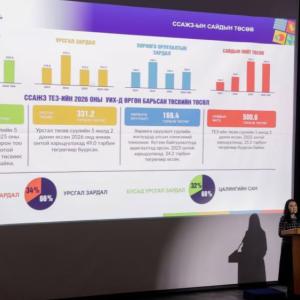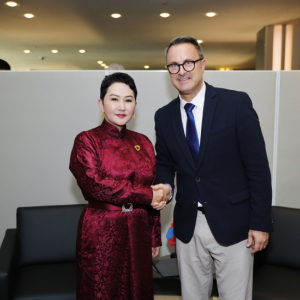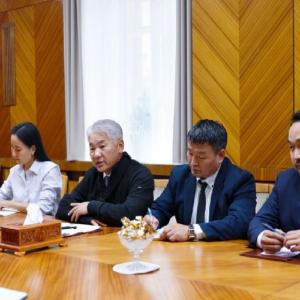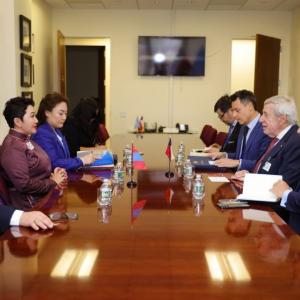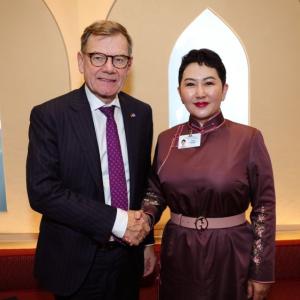“Remains of Luut, capital of Khunnu Empire, should be under government protection”
Society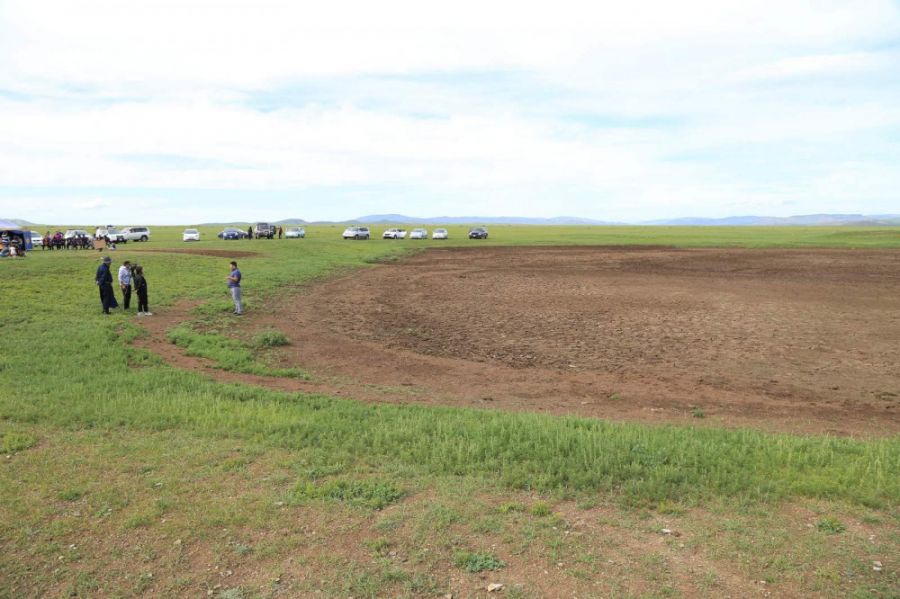
Ulaanbaatar /MONTSAME/ Researchers and delegates from the parliament and the Ministry of Education and Science have recently got acquainted with excavation and research works of an old city, which is considered to be remains of Luut (Luncheng), the capital of Khunnu Empire (Xiongnu Empire), discovered on the territory of Ulziit soum of Arkhangai aimag.
The significant archaeological findings have been discovered thanks to a long-time research and excavation conducted by an archaeological research team led by Instructor at Ulaanbaatar State University, Associate Professor T.Iderkhangai. Excavations found the remains of a structure that was decorated with an ancient kanji inscription stating, “Son of Heaven” which is the first evidence found within the region to suggest the site is the Dragon City of Luncheng, of the Khunnu Empire.
Head of Science and Technology Department of the Ministry of Education and Science S.Munkhbat said that many years of research and excavation would be demanded to confirm the assumption completely.
“The Government needs to set up a national expedition team under an integrated policy and to mobilize national human resource under a national research methodology of Mongolian archaeologists in order to conduct such a large-scale archaeological excavation further. Greater attention from the parliament and government as well as financial resources are of vital importance for the excavations.” continues S.Munkhbat. According to him, the Citizens’ Representative Khural of Arkhangai aimag has convened to resolve to take the site under protection urgently.
“After getting familiarized with the site and research works, MPs spoke about taking the site under state protection promptly. It is necessary to study not only on the Luut (Luncheng) city but also its surrounding area as a whole. The delegates also pledged to provide support on these follow-up studies and to resolve required financing for the research to be carried out next year,” Mr. T.Iderkhangai says.
Leader of the archaeological research team T.Iderkhangai launched a study on the political center of the Khunnu Empire in 2010. By doing so, he worked to determine the population density of the Khunnu Empire by studying the number and location of tombs concerning the empire period.
“There have been around 7,000 tombs across the Central Asian region and 5,000 of them were in Mongolia. Nearly 1,500 of them sit in cemetery for noblemen, while around 3,500 were tombs of ordinary citizens. And Arkhangai aimag has been identified as a region with the largest number of tombs. As over 90 percent of all tombs discovered consisted of tombs found in the Tamir River Valley in the aimag, the region was deemed to have been a political center of the Khunnu Empire, and the Luut (Luncheng) city was discovered following the excavations. It is also noteworthy that a large amount of building materials has been found in the remains of Luut (Luncheng) city.” says Iderkhangai.
Noting that many years of research and excavation would be demanded in the future and it is necessary to take the site under state protection in the first place, Mr. T.Iderkhangai said he deems Mongolia should study this significant findings independently. The city was first discovered in the Ulziit soum of Arkhangai aimag in 2017, but its excavations did not begin until this year due to financial problems.
About 20 people, consisting of Instructor at the Department of Archaeology of Ulaanbaatar State University, archaeologist S.Orgilbayar and young researchers, namely D.Tsend, B.Amgalanbat, E.Davaakhuu, B.Batchimeg, P.Bayansan, and other students participated in the research along with him.

 Ulaanbaatar
Ulaanbaatar
